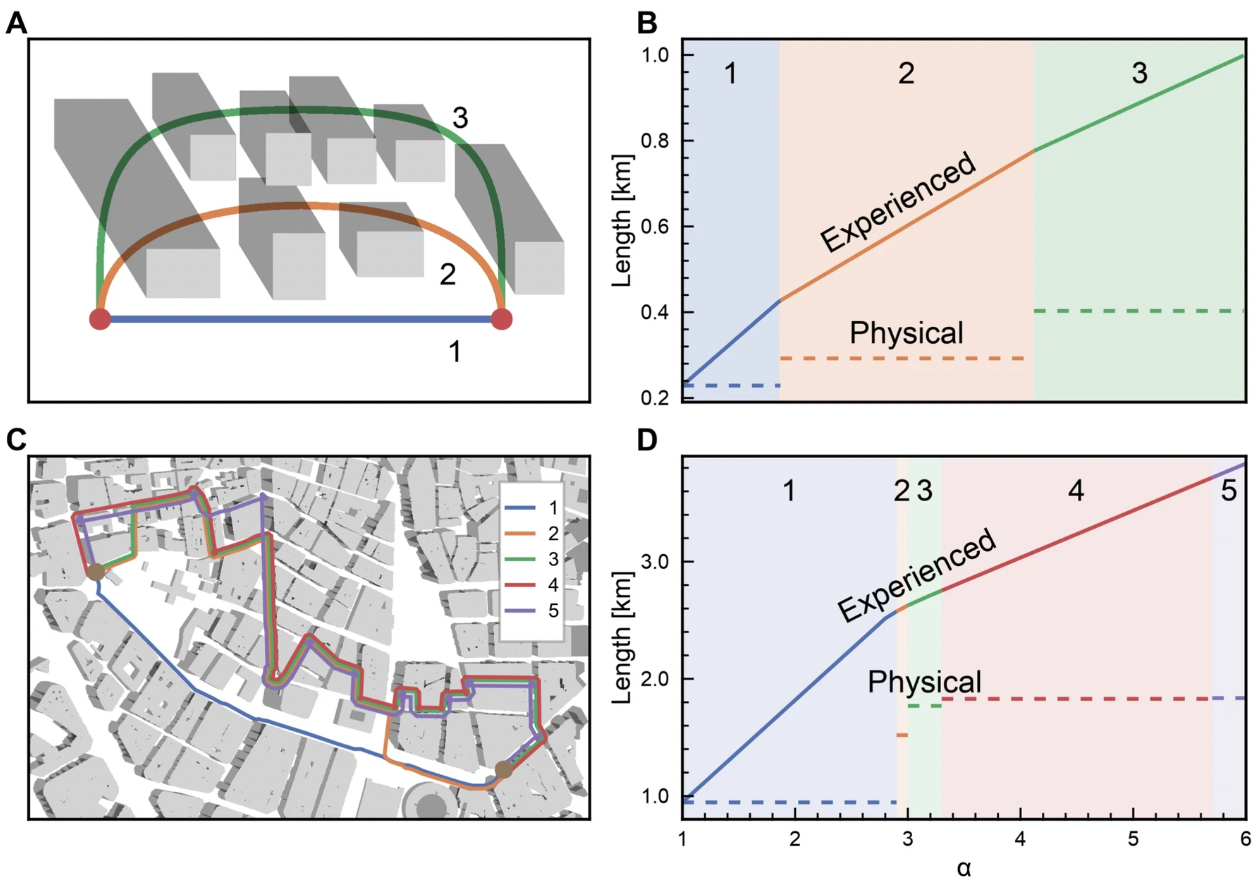We have two new publications out, one on closing triads in social networks, and one on shaded walks (CoolWalks) in cities:
- Exploring Time-Ordered Triadic Closure in Online Social Networks, by A. Galdeman, C. Tidiane Ba, M. Zignani, S. Gaito, published in ACM Transactions on the Web

By analyzing networks with timestamped links from diverse platforms based on different architectures, including communication, Web3-based, and trade networks, we developed a comprehensive analytical pipeline to support the study of triadic closure patterns. This pipeline includes an algorithm for the census of time-ordered triads, a vector-based model for representing growing networks (growth triadic profile), the identification of triadic closure rules (TERs), and the evaluation of the speed of the formation of closed triads. Our findings reveal significant variations in the impact of triadic closure across different OSNs, marked by diverse growth triadic profiles and varying formation speeds of closed triads as well as diversity in the predictability of evolutionary patterns based on triads. This study not only enhances the comprehension of triadic closure in the temporal evolution of OSNs but also provides valuable insights to be taken into account for the design and administration of online social platforms. - CoolWalks for active mobility in urban street networks, by H. Wolf, A.R. Vierø & M. Szell, published in Scientific Reports

Here we explore the potential for shaded walking, using building footprints and street networks from both synthetic and real cities. We introduce a route choice model with a sun avoidance parameter alpha and define the CoolWalkability metric to measure opportunities for walking in shade. We derive analytically that on a regular grid with constant building heights, CoolWalkability is independent of alpha, and that the grid provides no CoolWalkability benefit for shade-seeking individuals compared to the shortest path. However, variations in street geometry and building heights create such benefits. We further uncover that the potential for shaded routing differs between grid-like and irregular street networks, forms local clusters, and is sensitive to the mapped network geometry. Our research identifies the limitations and potential of shade for cool, active travel, and is a first step towards a rigorous understanding of shade provision for sustainable mobility in cities.
